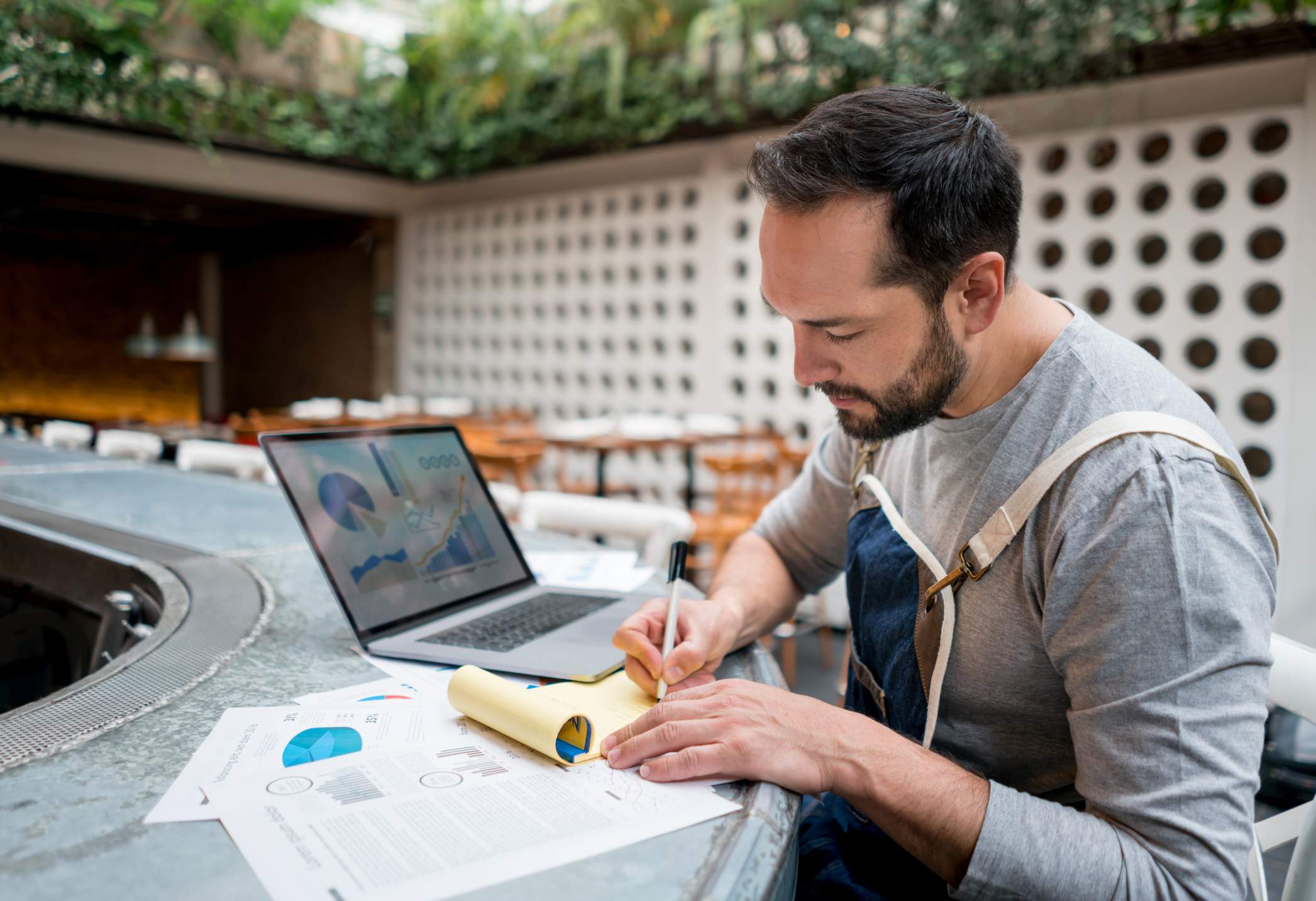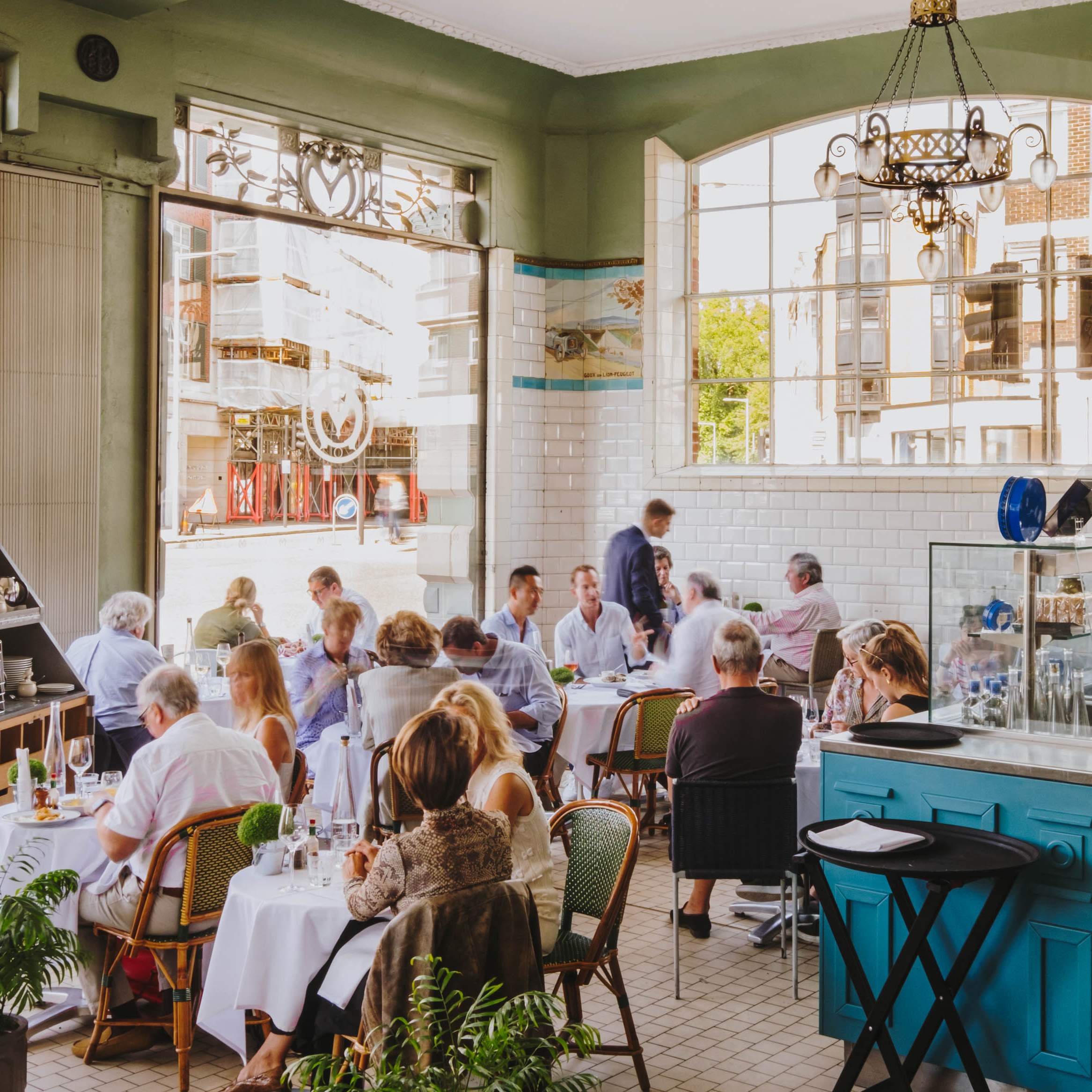The contents of this article does not, and is not intended to, constitute legal or financial advice; instead, all content is intended for general informational purposes only. Information in this article is presented “as-is” and may not be the most up-to-date information. All liability with respect to actions taken or not taken based on the contents of this article is hereby expressly disclaimed.
When putting plans together to open your dream restaurant, capital is essential for transforming vision into reality. Funding daily operations, outfitting a commercial kitchen, designing an inviting storefront – these all carry heavy price tags that come due before the first dish even hits the table. It’s probably no surprise, then, that many restaurateurs turn to financing to boost their budget.
From government-backed small business loans to private funding alternatives, understanding the most strategic funding sources available will help you choose the right investment to get your aspirations off the ground.
Here, this guide covers everything you need to consider when exploring restaurant financing.
What is restaurant financing?
Restaurant financing refers to the various funding options available for starting or operating restaurants, cafes and other food-service businesses. Financing provides restaurateurs capital to cover the costs of launching a new establishment or maintaining an existing venue through…
- Loans
- Business credit
- Point-of-sale lenders
- Investment partners and other financial avenues.
These help with…
- Expanding menus
- Seating space
- Staff
- Kitchen capabilities
- Inventory and overall operational capacity.

What are the different types of financing and loans available?
If you’re about to open a restaurant, the good news is that you have plenty of options when it comes to financing. Here are some of the most popular ways to fund a restaurant.
Traditional bank loan
For many aspiring restaurateurs, a traditional bank loan is the best opening gambit. These loans typically stretch from one to ten years, giving you flexibility in paying the money back. The interest rates vary based on the bank’s terms and the applicant’s creditworthiness.
That said, banks can be stringent before signing on the dotted line. You’ll likely need a bulletproof business plan and financial forecast to even begin finance discussions. Collateral, like your house or other assets, may be required in some extreme cases. The bank will look at your credit history with a fine-tooth comb. If the numbers don’t add up, or your credit is less than stellar, you might need to seek other avenues, such as specialist lenders. That’s fine, but these types of lenders typically charge much higher interest rates.
The plus side of bank loans is fixed monthly payments over the duration of the term. But there are limitations – weak credit or finances and a half-baked business plan are usually non-starters. For restaurant owners with robust finances and a savvy strategy, though, these loans can be the perfect recipe for getting the required funding.
Government-backed loans and grants
For many restaurateurs, scraping together the funds to launch or grow their business is a huge roadblock. Thankfully, the UK offers some helpful financial springboards. Government organisations like the British Business Bank give out loans and grants catered to companies of all sizes. Compared to traditional bank loans, these often pack more punch for your pound with lower interest rates and flexible repayment timelines.
Specifically, grants help your restaurant get an injection of capital without strenuous repayment requirements. Program targets range from green initiatives to technology upgrades and business expansions. Of course, getting a government loan or grant also requires jumping through lots of hoops. You’ll need to submit detailed proposals explaining exactly how the funds will enable your business goals, plus financial paperwork that can meet the lender’s requirements.
While this requires more work upfront, these cash flow options enable restaurants to access startup capital, upgrade equipment or push growth plans further than otherwise possible. For restaurants seeking less restrictive, specialised financial help, government-backed funding might be worth checking out. It can be a bit of an application marathon, but it’s well worth it to turn your dining vision into reality.
Merchant cash advances
Merchant Cash Advances (MCAs) provide immediate funding based on future credit card sales and are ideal for restaurants with high card transaction volumes. In this model, a lump sum is provided upfront, which is then repaid through a percentage of daily card sales. This helps align repayment terms with business revenue, offering flexibility during slower periods.
The key advantage is quick access to capital without the need for collateral or a strong credit history. However, the costs can be higher compared to traditional loans, and the frequency of payments may impact cash flow. MCAs are best for restaurants that need fast funding and have consistent card sales.
Crowdfunding
Crowdfunding platforms like Kickstarter and Indiegogo allow entrepreneurs to raise money from a large pool of backers. For a restaurant, rewards-based campaigns work well for getting people to help. Backers pledge money and receive rewards like free meals, cooking classes with the chef or merchandise.
Set reasonable funding goals that cover essential startup costs like equipment, initial ingredient inventory and renovations. Promote your campaign through social media, email marketing, partnerships with local influencers, and PR outreach. With a solid plan and enticing rewards, you can successfully crowdfund a restaurant launch.
Equipment financing and leasing
Stocking a restaurant kitchen with all those gadgets, ovens and dishwashing machines will eat into your budget quickly. Rather than drain your capital by buying equipment outright on day one, consider alternatives like leasing or financing to align costs with revenue.
Leasing allows you to pay monthly equipment rental fees over several years. You can use essential appliances without a long-term commitment. Financing lets you spread purchasing costs over extended periods until everything is paid off or until you refinance newer equipment. Doing so reserves capital for other aspects of the restaurant.
Franchising opportunities
Want to launch a restaurant but wary of going solo? Franchising lets new owners open outlets under the umbrella of proven dining brands. Franchisees benefit from the franchisor’s established name, systems and support in exchange for one-time entry fees and ongoing royalty cuts of sales. Think of it as gaining a seasoned restaurant mentor.
Perks can include marketing materials, staff training programs and even negotiated discounts on supplies. While less risky and cheaper than building something from scratch, franchising works best for owners willing to operate within set branding and operations frameworks.
Angel investment and venture capital
Attracting angel investors or venture capitalists involves presenting a compelling business case with strong growth potential. Equity financing, where investors provide capital in exchange for ownership stakes, is a common approach for startups.
Key to this process is a detailed business plan showcasing market understanding, innovative concepts and a solid return on investment potential. While this type of financing can bring substantial funds and valuable expertise, it also means sharing business ownership and control. Restaurant owners should consider the implications of diluting their stake and aligning with investors who share their vision and values for long-term success.
How do I apply for finance?
There is a fair amount of research required into what it takes to get a restaurant off the ground. Saying that, it’s best to start with a thoughtful business plan.
Business plan
A well-conceived business plan is the foundation for any restaurant. It should capture the essence of the dining experience you want to create while demonstrating how you’ll deliver value, attract customers and generate profits.
A business plan:
- Details the concept
- Analyses potential locations
- Outlines marketing ideas
- Introduces key team members
- Map out predicted costs and income streams.
It shows investors that you know your vision inside out.
Lending requirements
It’s also wise to educate yourself on the lending requirements of banks and financial organisations. Credit score thresholds and deposits can vary depending on whether you get a traditional bank loan or other financing. Checking personal and business credit reports for errors is a smart move before talking to any lenders. Accurate profiles showcase financial management abilities.
Profit and loss projections
Any potential backer will want to review recent profit and loss statements, balance sheets, cash flow statements and maybe even sales projections if you’re not up and running yet. These documents verify that a restaurant can be profitable. Having an accountant help compile clean, accurate financial statements that leave no question unanswered is probably the right way to go.
The bottom line is that with careful planning, transparency around finances and a genuinely compelling concept, restaurant dreams can become a reality. Preparation is key, as any potential lender will closely review all of your credentials. But with the proper groundwork, you can find the right type of financing for your restaurant.
Using a broker
Getting finance can be a complicated process, especially if it’s your first time securing funds. For that reason, it might be worth using a broker who can look for the right type of restaurant finance based on your requirements. That way, you don’t need to be a total pro in terms of understanding all the ins and outs and can instead focus on getting the funds you need with expert help.

Improving your chances of a successful loan application
Getting your loan application accepted requires a rock-solid plan covering everything from your concept to financial forecasts. This shows lenders both vision and that you have a grasp of operations.
- Make sure your personal and business credit is in good shape since lenders consider repayment potential.
- Provide current financial statements like earnings reports and cash flows, demonstrating you can competently manage money.
- Craft sensible financial projections, accounting for risks that could affect growth.
- Know what metrics lenders wish to see in an ideal borrower. Then customise proposals quantifying how capital will accelerate your capabilities and concept.
Supplying thorough information will help sway lenders that funding your restaurant is a winning bet. If the numbers show profitability, alongside displaying your passion, securing financing is more feasible.
Summary: Financing a restaurant
Setting up a restaurant is anything but easy, and financing is a key aspect that many restaurateurs need to nail down early. With these tips, you can explore the funding options available to you and get one step closer to your dream of opening a restaurant.




